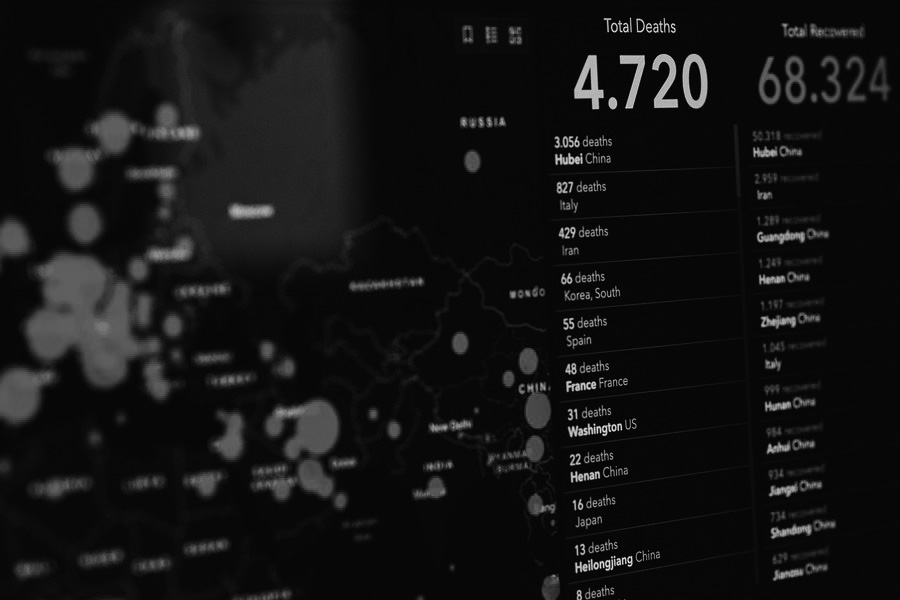The US Centers for Disease Control and Prevention has long collected and disseminated data on vitality and health. But why is its data dissemination so terminally ill? Covid-19 has drawn the spotlight on to the internal workings and the possibilities of the CDC’s data collection and distribution efforts. This period has shown that the CDC is capable of distributing timely data in accessible formats for public use. It should apply this data transparency and dissemination standard to the other data it collects – including that on other topics currently and historically important to the public interest. For example, it should adopt the same strategy in its releases on marriage rates, divorce rates, death rates, suicides, drug overdoses, live births, abortions and infant mortality. The rapid dissemination of each of these key statistics is in the public interest. Each would inform current debates on public policy, and historical data of respectable frequency would allow for effective research.
The global lockdowns have both brought about new crises and amplified other public health crises. But since these other vitals are not being measured and reported at the same frequency, we are in effect ignoring them completely. In this respect, the failures of the CDC’s data collection and dissemination practices are directly leading to poor policy outcomes.
The current climate calls for a broader public health focus. The narrow standard held by the CDC involves the dissemination of covid-related deaths and positive cases. This makes for an asymmetric understanding of the public health impact. For example, the only target variables that are actively leading our decision-makers are positive tests and recorded deaths. A broader focus should include prompt data on birth rates, marriage rates, suicide rates, deaths from undiagnosed diseases, and deaths from alcoholism and overdoses. This additional information would undoubtedly improve our policy response. We would be able to directly compare the covid death rates to those deaths directly associated with idleness, unemployment, undiagnosed health problems and social distancing.
Mass idleness, social distancing and unemployment represent an abrupt change in living conditions which in and of itself could generate a mortality spike. Two econo-physics pioneers, Peter Richmond and Bertrand Roehner, propose the ‘Transient Shock’ conjecture: “Any abrupt change in living conditions generates a mortality spike which acts as a kind of selection process.” This conjecture could be applied to several covid-related policies, but I will focus on two: the transition from home to a nursing home, and the transition to unemployment’s effect on suicide.
New York governor Andrew Cuomo faced criticism for a 25 March state health department directive requiring nursing homes to take recovering coronavirus patients. Richmond and Roehner write: “Numerous observations have shown that when people are moved from their home to a hospital or a nursing home, they experience a substantial increase in their death rate. Within a few months after admission, the increase can be as high as a multiplication by 5 or 10.” According to data.cms.gov there have been 45,958 resident deaths as of 2 August 2020. The CDC reported 151,559 covid-related deaths up to 8 August 2020. Roughly 30% of all covid-related deaths in the US have occurred in nursing homes. The only reason we know about these nursing home deaths is because they are directly covid-related, but what about the excess mortality stemming from covid-related policy prescriptions?
The transition to unemployment constitutes a violent and abrupt change in living conditions. The ‘Transient Shock’ conjecture would therefore suggest a spike in mortality rates for those recently unemployed. There has been much research on the long-run connections between unemployment and suicide. This research tends to find weak statistical causality. The problem does not lie with the hypothesis, but with the data. One would expect a significant spike in suicides only in the weeks following the transition to unemployment, and definitely not at the annual frequencies underlying these studies. The CDC could easily report data on suicides at a daily or weekly frequency, but chooses not to. Its silence on non-directly covid-related vitals has proven deadly.








